We show kid president at every all school assembly at my school. I watch them over and over and I always get more meaning and more of a message.
Sometimes a post doesn't need many words.
9 year old Robby Novak truly should be president. Imagine what our world could be like.
Friday, November 28, 2014
Sunday, November 16, 2014
Reflections on Math Workshop Model
This year, I started implementing a math workshop model (you can find some examples of what we have been doing under the heading "math workshop" under the list of topics on the side ). I will never teach math another way again! The kiddos are invested, I am able to differentiate my math instruction in a richer way, and after given them their second math assessment I am blown away! I am seeing so much more progress using a math workshop model than I ever have before using whole class instruction.


I have learned how to keep my prep at a minimum. I learned this the hard way. I started off with high hopes and was creating different games every week. Who has time for that?! The iPads never change-so that's easy. My math fluency station never changes either. Each student has a math fluency folder that contains an addition/subtraction practice page and a one minute fluency wheel that I laminated so they can re-use them each week. These are great! I got them from Teaching Sweet Shoppe. The fluency program contains board games, minute wheels (which I use with sand timers), sand timers and more. I love how I can easily assess progress with the timed fluency test each week. When a student has mastered a level, they move up to the next level. Her product contains an excel sheet for recording scores easily too. I'm telling you- it's fabulous! The programs come in a variety of grade levels. This is great for even those kiddos that may be slightly below or above grade level.


Ok...where was I? Oh right...that leaves- math by myself which is always our Everyday Math Journals. If the kiddos finish early they can work on their Math mission notebooks which I purchased from Cara Carroll.

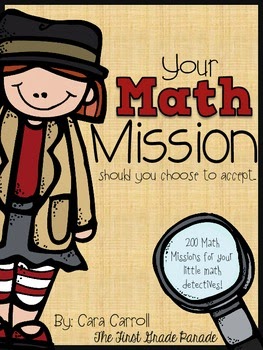
That leaves my last rotation which is math with someone. This is usually a game from our Everyday Math program. Sometimes if we are in need of a change, I purchase from TpT. Teach with Laughter has some awesome math games. I love them not only because they are fun, motivational, and engaging but they also come with pictured directions so the kiddos don't need to interrupt me when I'm working with my math groups to ask how to play. Love that!
For example, this week with my high flyers, we used coins to show various amounts to "purchase various items", with my low and average groups we reviewed touch money so that they learning the value of each coin. I am also working on number identification and number discrimination with my kiddos that need help with that. My Number Sense 0-20 product has really helped! We review the 0-20 flashcards each day that show each number and the its value on a ten frame and with base ten blocks. We then use ten frames and base ten blocks to show these numbers and number values.

on the ten frame from my Number Sense 0-20
resource.
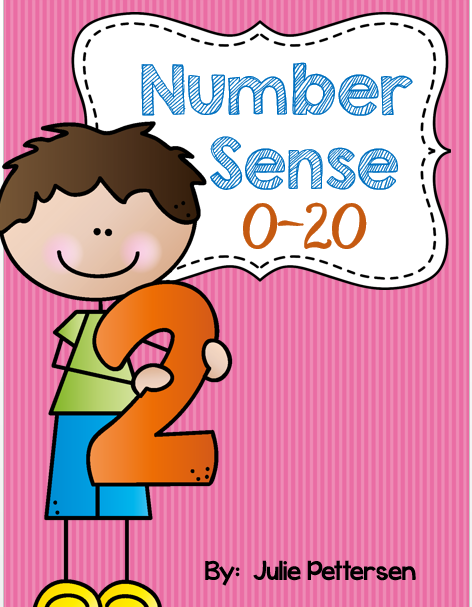

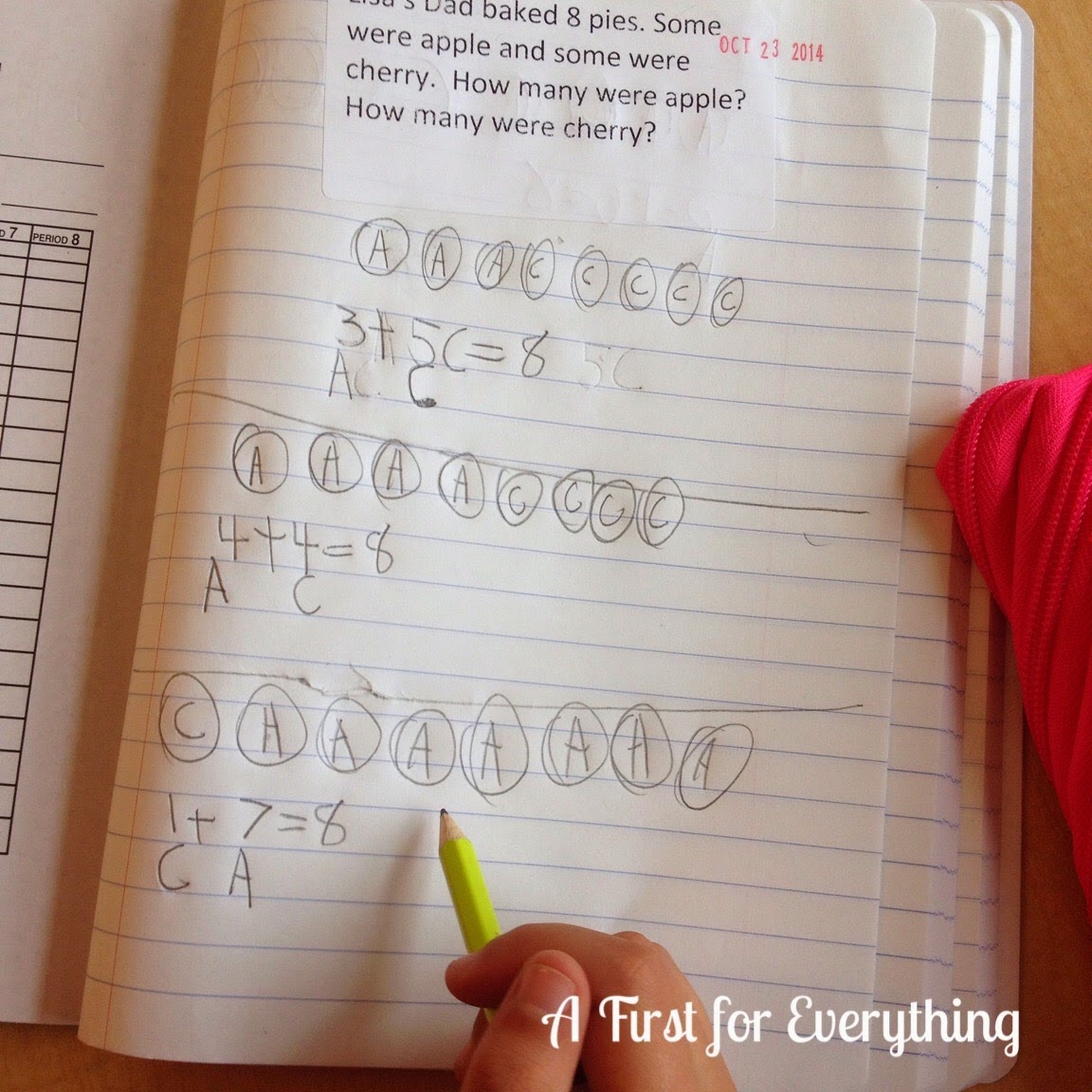
These labels are available in my store if you find them helpful.
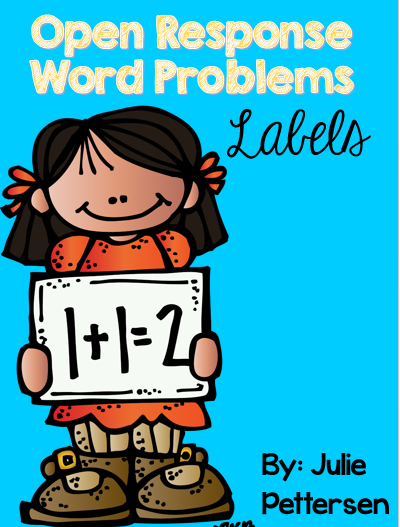
I'm two months in to incorporating a math workshop model and I love it! I don't ever want to go back. I truly believe it is best practice. Do you use a math workshop model in your classroom? I'd love to hear about it because I always learn so much from you. I'd love your comments!
Posted by
afirstforeverything at
10:39 AM 2 comments: 
Email ThisBlogThis!Share to TwitterShare to Facebook
Labels: math, math workshop, word problems
Monday, November 10, 2014
Struggling to Find the Balance
My son struggles in school- a lot. It's heartbreaking. I think the fact that I am a teacher makes it that much more heartbreaking. I think people expect school to come easy for him because his Mom's a teacher. And shouldn't it?
I should be able to help. I should do more. I should read with him more. I should help him with his math more. I should be more patient. I should help him like I help my struggling learners in school. The truth is, I'm tired. Dog-tired. By the time I leave school it's usually 4:30, 5:00. I fight the traffic and half hour commute home to then pick him up at extended day and make dinner. We all do it. We're all exhausted, right? By the time 6PM rolls around I can't bear to do any more guided reading, timed fluency drills, addition with regrouping and counting coins. But I do it. Probably not as well as I do during the day. I'm definitely not as patient as he yells and cries that it's too hard. My third grade son is academically, a first grader. I should be able to help but I can't.
Tyler receives support for reading, support for math and OT. He spends more time out of the classroom that he does in. When I go to a parent conference I don't just sit with the teacher. I sit with a panel of about 7 other teachers. I wonder what they think of me. That I'm failing? That I'm failing as a Mom and a teacher because Tyler struggles so much. Since I am divorced, I take on the doctors, neuropsychologists, behavioral optometrists and psychologists myself. I make sure Tyler has his medication for his diagnosed ADHD, every day because I'll get an email from the teacher for sure if he hasn't had it that day. Should I tell her it's because I forgot. I was running out the door after asking him at least 7 times to get his backpack and then he asked "What was I supposed to do again?"
Sometimes, well...most of the time... I wonder if I forsake myself as a mother to be a better teacher. It's my own child who gets the short end of the stick, I feel. At the end of the day I feel tired and then I feel guilty for being tired. It's a sick cycle, really.
I wonder how many other mothers who are also teachers feel the same way? I know I'm a better teacher because I'm a Mom. But am I better Mom because I'm a teacher? I hope someday I'll have a good answer for that.

I should be able to help. I should do more. I should read with him more. I should help him with his math more. I should be more patient. I should help him like I help my struggling learners in school. The truth is, I'm tired. Dog-tired. By the time I leave school it's usually 4:30, 5:00. I fight the traffic and half hour commute home to then pick him up at extended day and make dinner. We all do it. We're all exhausted, right? By the time 6PM rolls around I can't bear to do any more guided reading, timed fluency drills, addition with regrouping and counting coins. But I do it. Probably not as well as I do during the day. I'm definitely not as patient as he yells and cries that it's too hard. My third grade son is academically, a first grader. I should be able to help but I can't.
Tyler receives support for reading, support for math and OT. He spends more time out of the classroom that he does in. When I go to a parent conference I don't just sit with the teacher. I sit with a panel of about 7 other teachers. I wonder what they think of me. That I'm failing? That I'm failing as a Mom and a teacher because Tyler struggles so much. Since I am divorced, I take on the doctors, neuropsychologists, behavioral optometrists and psychologists myself. I make sure Tyler has his medication for his diagnosed ADHD, every day because I'll get an email from the teacher for sure if he hasn't had it that day. Should I tell her it's because I forgot. I was running out the door after asking him at least 7 times to get his backpack and then he asked "What was I supposed to do again?"
Sometimes, well...most of the time... I wonder if I forsake myself as a mother to be a better teacher. It's my own child who gets the short end of the stick, I feel. At the end of the day I feel tired and then I feel guilty for being tired. It's a sick cycle, really.
I wonder how many other mothers who are also teachers feel the same way? I know I'm a better teacher because I'm a Mom. But am I better Mom because I'm a teacher? I hope someday I'll have a good answer for that.

Posted by
afirstforeverything at
9:03 PM 11 comments: 
Email ThisBlogThis!Share to TwitterShare to Facebook
Labels: parenting, reflection
Tuesday, November 4, 2014
All Things American
I consider myself a patriot. I really enjoy American history so when Veteran's Day and Memorial Day come about I really enjoy teaching my students about our country, American symbols, and the Armed Forces. Using my Close Reading: Armed Forces passages on the military, Army, Navy, Marines, Air Force, and Coast Guard, we spend about two weeks learning about our country's armed forces. I think it's important for our young ones to learn how brave, courageous and hard working the men and women who make up our military are. They are the true heroes kids should learn about.

The first time we read a new close read passage it is a "cold read." We read the passage through once. Next, we re-read the text and note any tricky words. Some vocabulary words are highlighted in the text. We spend some time going over these words. We match the vocabulary word cards to their corresponding pictures and matching definition (see below).

The next day, we revisit and re-read the text. We highlight key details in the text and we write down interesting facts that "stuck with us."


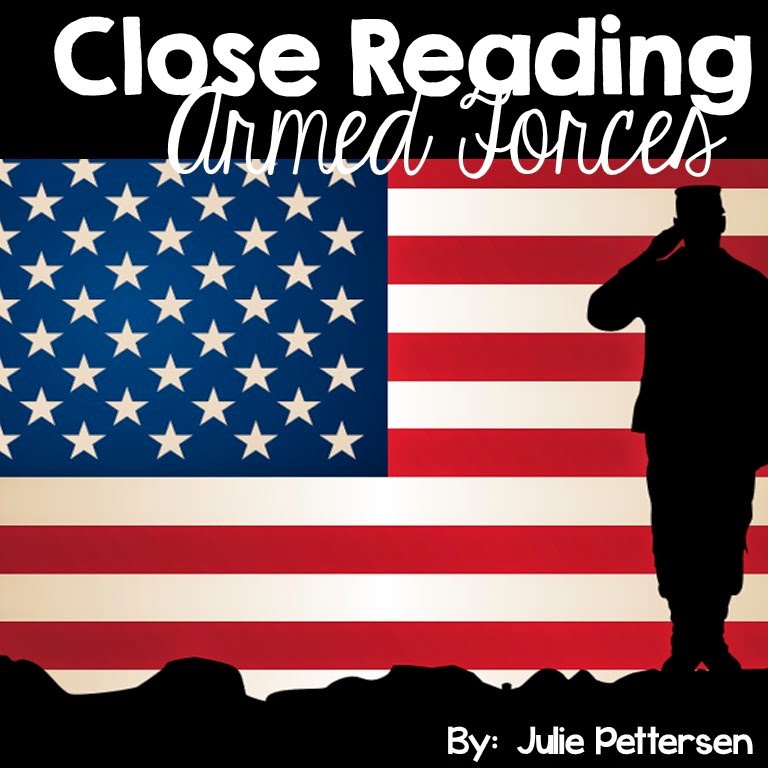



The first time we read a new close read passage it is a "cold read." We read the passage through once. Next, we re-read the text and note any tricky words. Some vocabulary words are highlighted in the text. We spend some time going over these words. We match the vocabulary word cards to their corresponding pictures and matching definition (see below).

The next day, we revisit and re-read the text. We highlight key details in the text and we write down interesting facts that "stuck with us."

Next, we read the text again and complete a reading comprehension page to check our understanding.

Close Reading: Armed Forces is for sale in my store along with Close Reading: American Symbols. Each can be purchased separately or at a reduced price as part of a bundle.



Posted by
afirstforeverything at
8:49 PM No comments: 
Email ThisBlogThis!Share to TwitterShare to Facebook
Labels: American symbols, close reading, Veteran's day
Saturday, November 1, 2014
Holidays around the blog
It's sneaking up fast! The holidays are right around the corner and my dear friends and fellow bloggers who make up The Primary Peeps are so excited to be sharing with you how we celebrate the holidays in our classrooms. Each of us has posted our holiday ideas, products, and strategies for celebrating the holidays. Just click on the blog buttons below to see the posts from the Primary Peeps to see:

I make sure that we cover all of the holidays celebrated by the students in my classroom and I also the holidays of other cultures. My Close Reading: Holidays product is a great way for me to do that while also maintaining time on learning. The holidays and customs are woven into the curriculum through ELA, social studies, arts and more! We learn about Christmas, Hanukkah, Diwali, Kwanza and Las Posadas. Each holiday contains a reading passage, close reading activities that ask students to identify key details in text. Each holiday also includes reading comprehension activities and a craft.


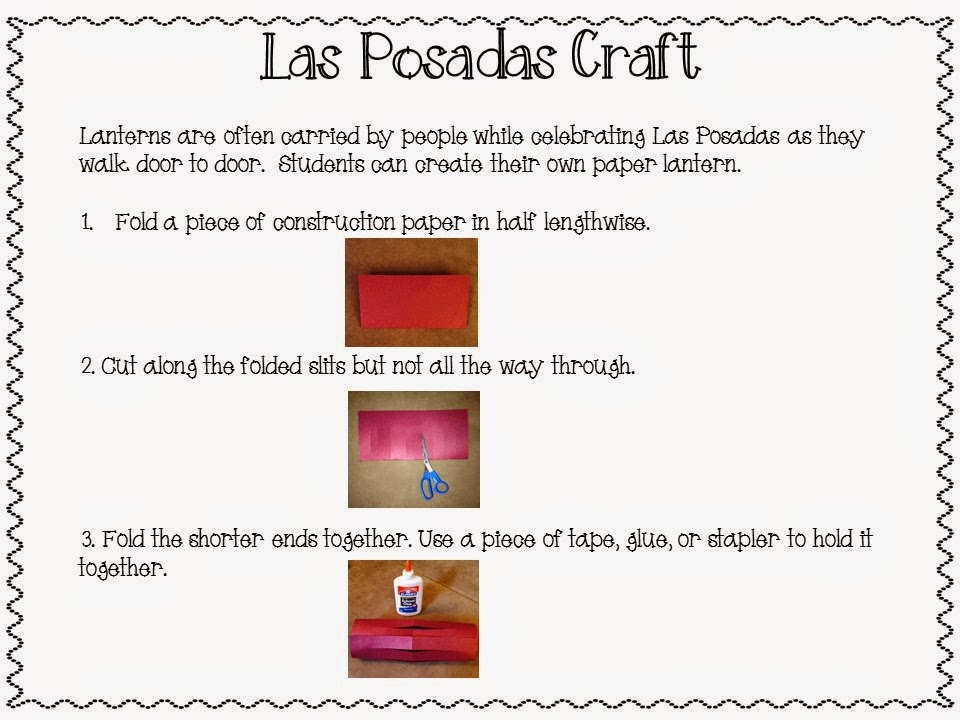
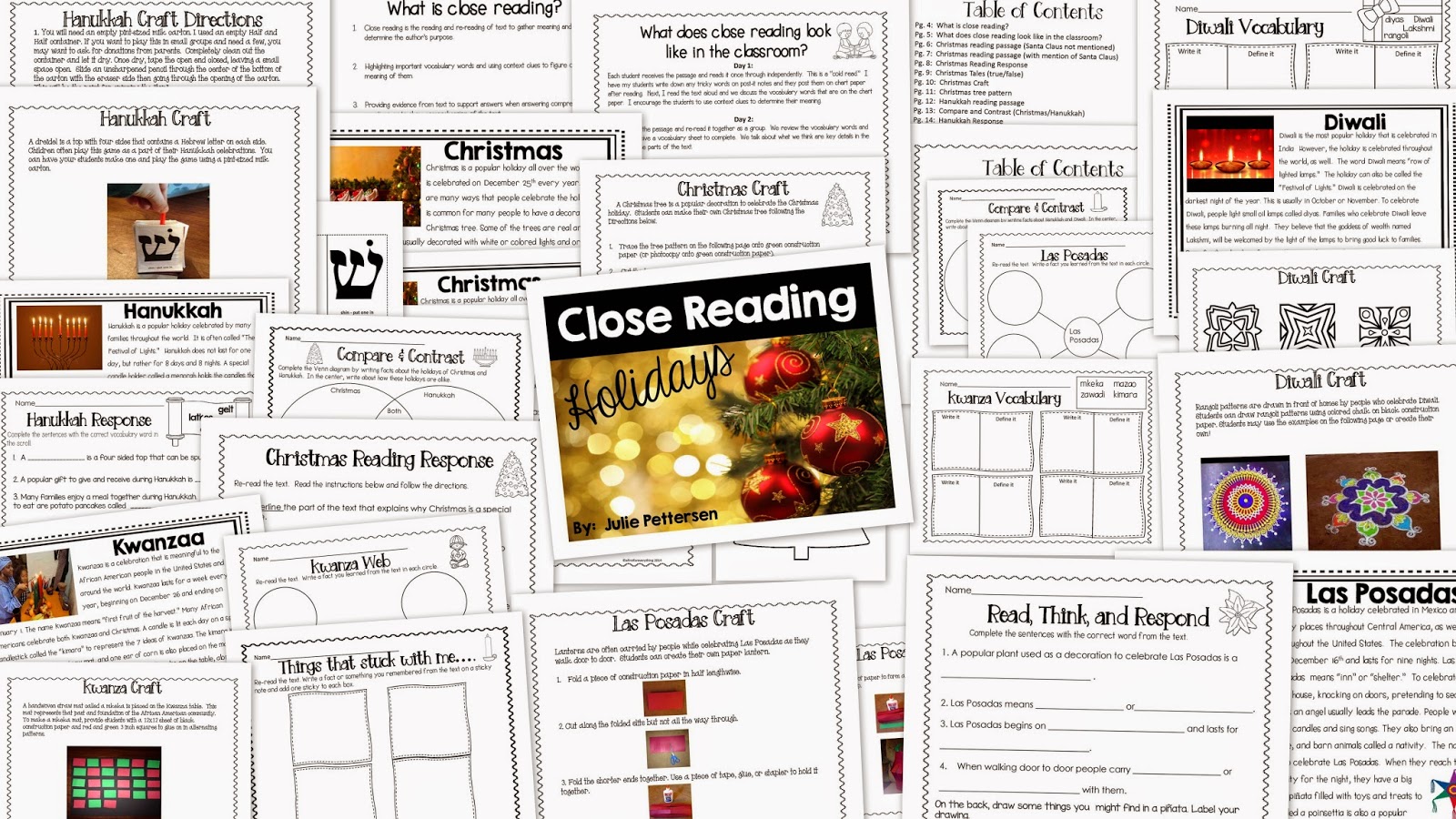
I also incorporate even more holidays in Close Reading: Winter product which features snow, blizzard, snowboarding, ice skating, skiing, Chinese New Year, New Year's, President's Day, and Valentine's Day.

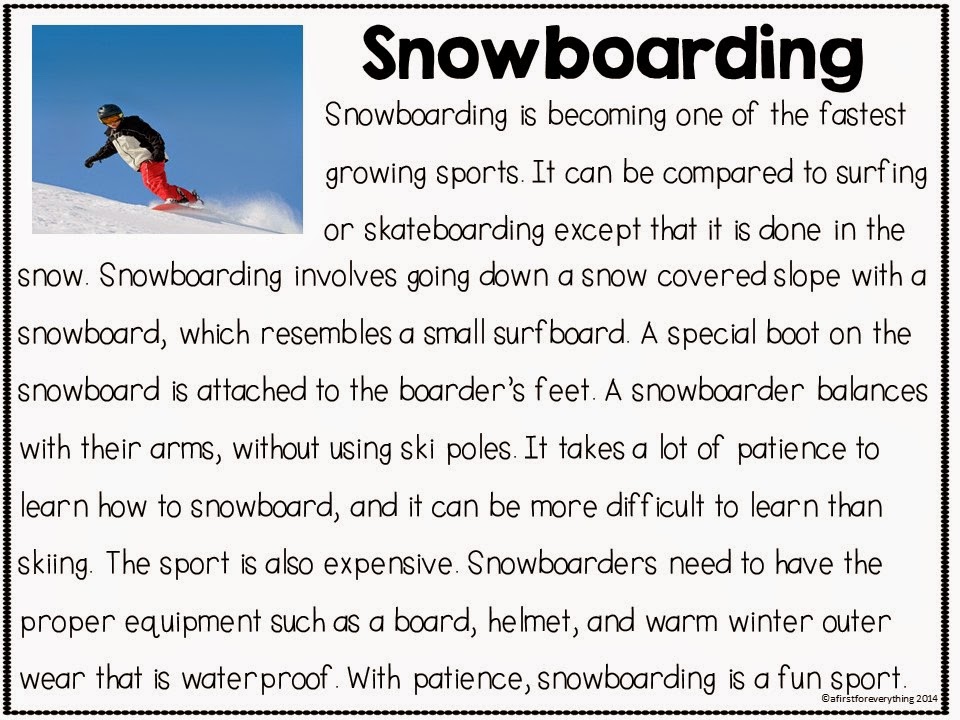
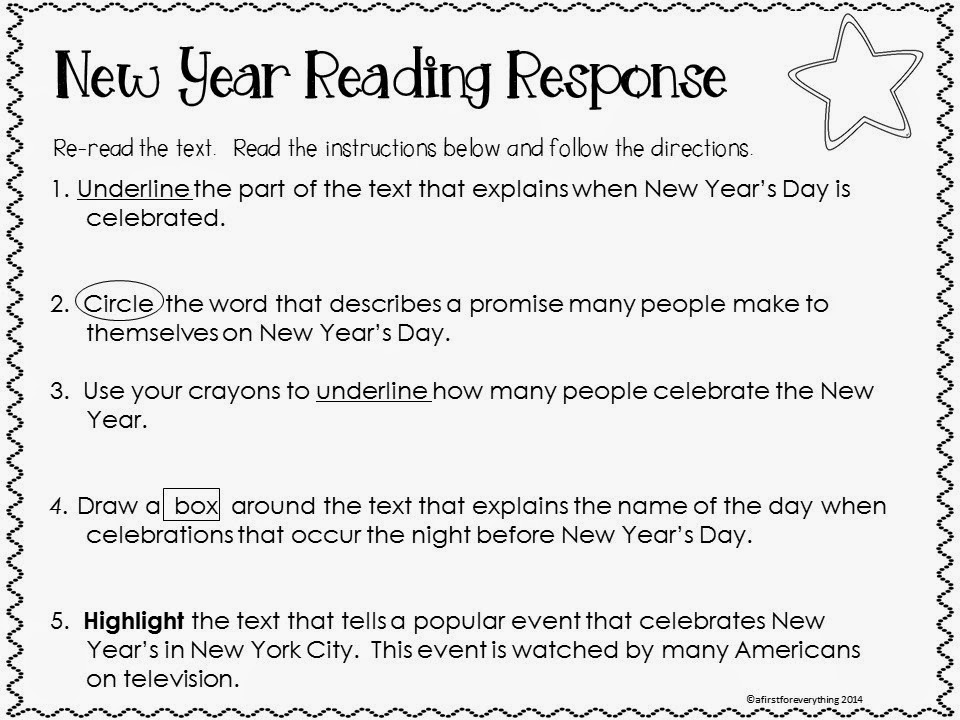


I make sure that we cover all of the holidays celebrated by the students in my classroom and I also the holidays of other cultures. My Close Reading: Holidays product is a great way for me to do that while also maintaining time on learning. The holidays and customs are woven into the curriculum through ELA, social studies, arts and more! We learn about Christmas, Hanukkah, Diwali, Kwanza and Las Posadas. Each holiday contains a reading passage, close reading activities that ask students to identify key details in text. Each holiday also includes reading comprehension activities and a craft.




I also incorporate even more holidays in Close Reading: Winter product which features snow, blizzard, snowboarding, ice skating, skiing, Chinese New Year, New Year's, President's Day, and Valentine's Day.



Both close reading products are available in my store separately our in a bundle for a reduced price:

Don't forget to enter our rafflecopter for a chance to win products from our partipating bloggers (winner's choice), A Jan Brett mini unit, A Christmas Carol Powerpoint and...
An Amazon gift card ($170 value)
a Rafflecopter giveaway
Posted by
afirstforeverything at
12:36 PM 4 comments: 
Email ThisBlogThis!Share to TwitterShare to Facebook
Labels: close reading, close reading passages, holidays, holidays around the blog linky, winter
Subscribe to: Posts (Atom)
